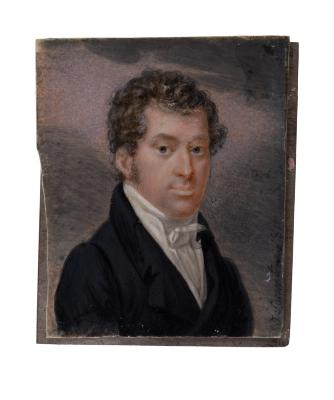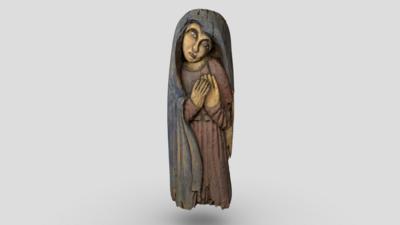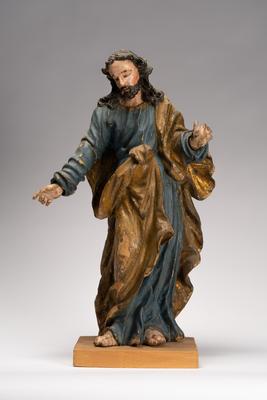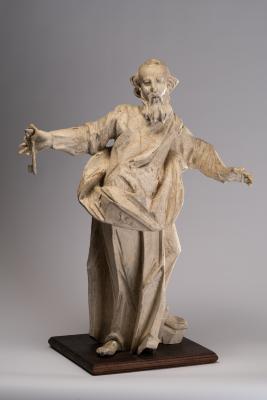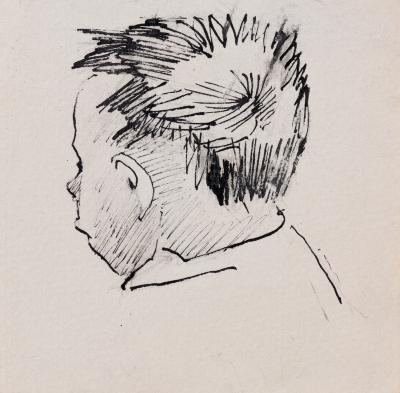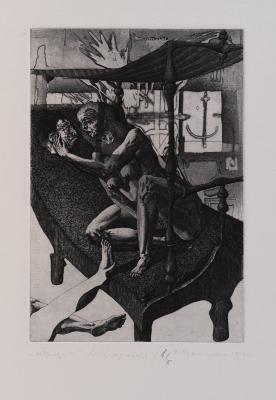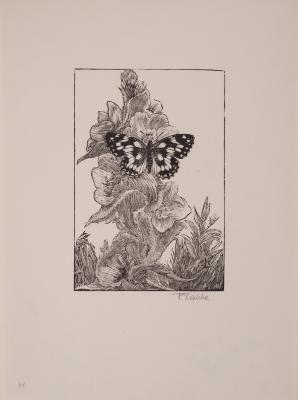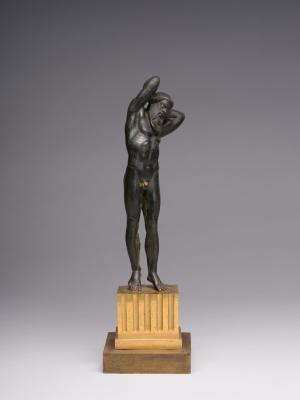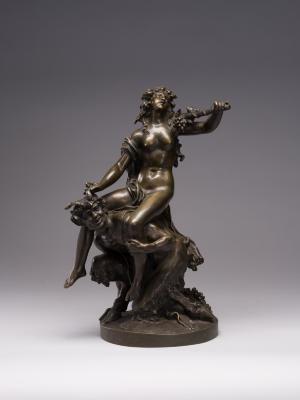Greek Woman
Henryk Hektor Siemiradzki
- ID
- Ж-217
- Author
- Henryk Hektor Siemiradzki
- Name
- Greek Woman
- Date of creation
- 1900
- Country
- russian empire
- Technique
- oil painting
- Material
- canvas oil
- Dimensions (height x width, cm)
- 62 x 50
- Type
- painting
- Genre
- portraiture
- Provenance
- Purchased from a private individual
- Exposition
- Lozinski Palace






